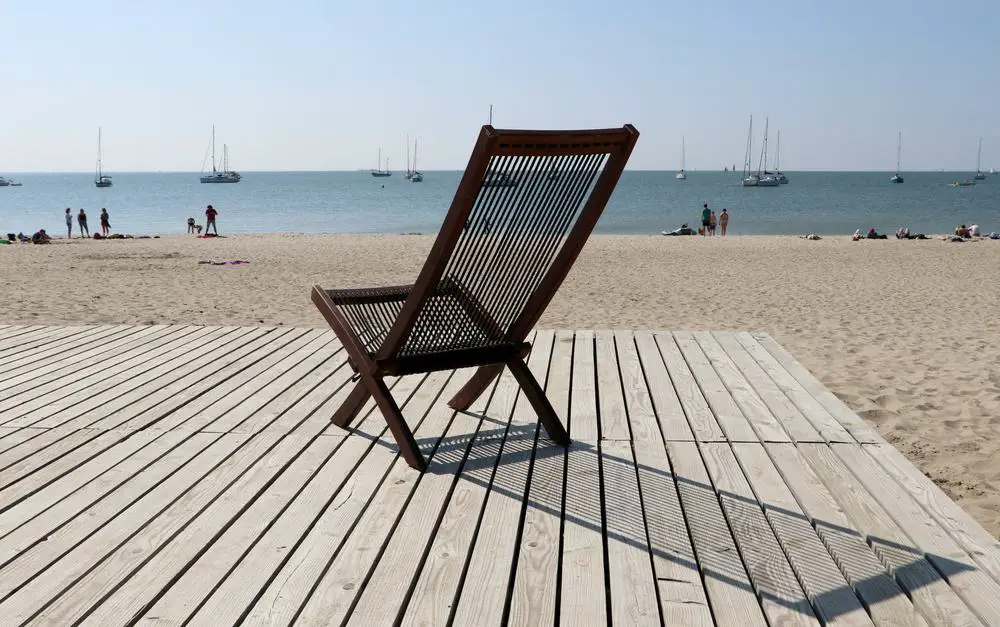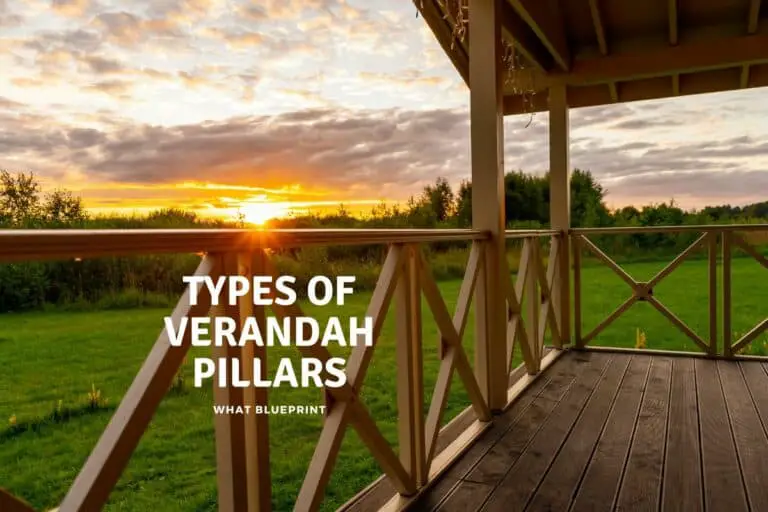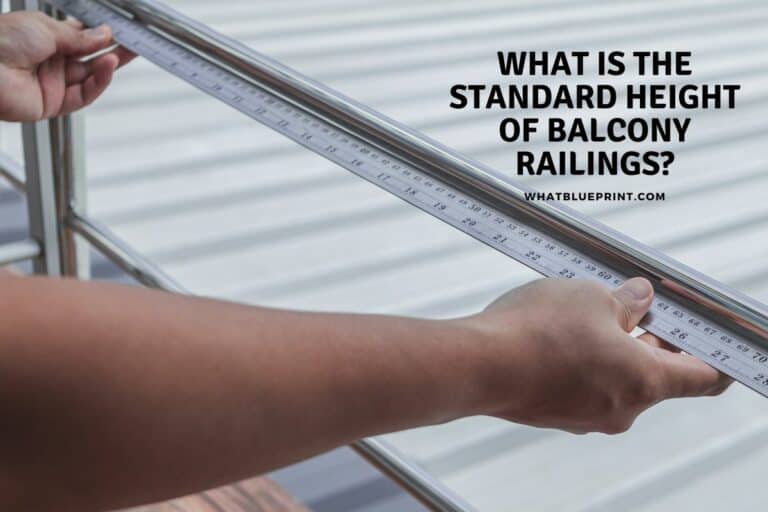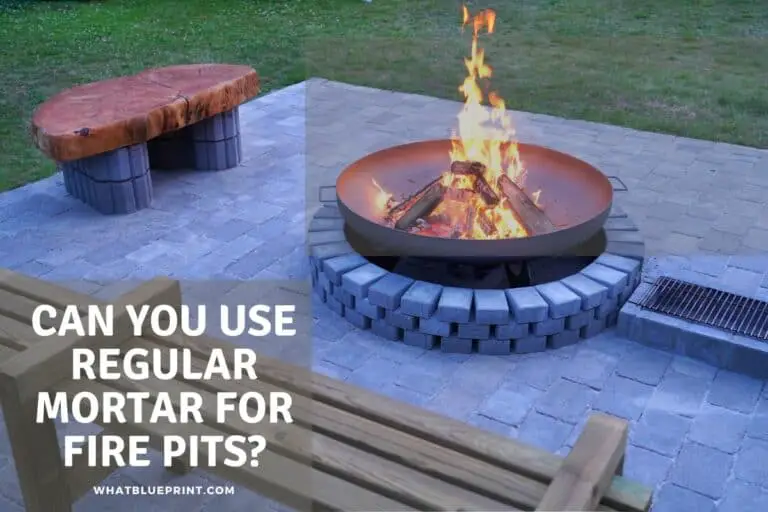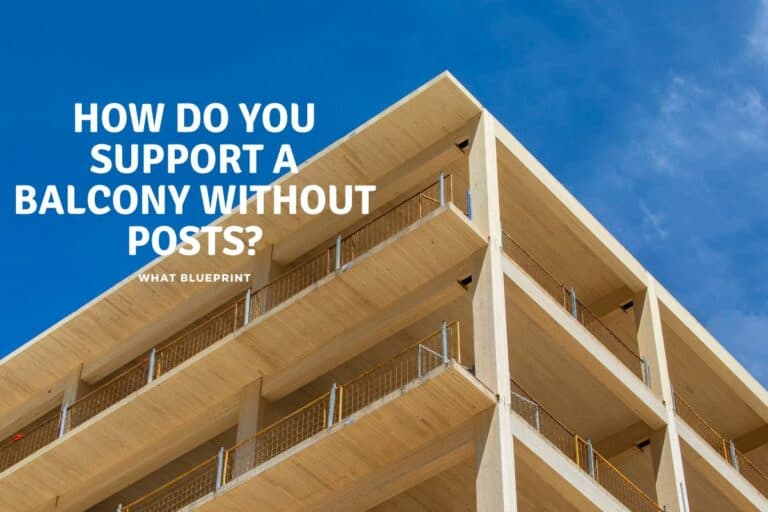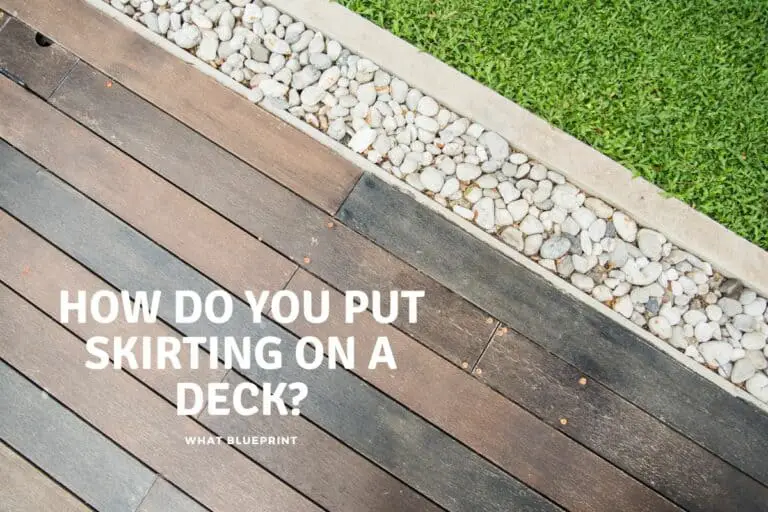What To Put Under A Floating Deck
Floating decks are a wonderful addition to any garden space that can serve a multitude of purposes. While the structure might seem extremely simple at first glance, the actual construction of a floating deck is somewhat more complicated than one would expect, and several factors must be considered in their construction.
What should be put under a floating deck depends mostly on what is going to deliver the most reliable result in terms of drainage, stability, and low maintenance. Gravel, sand, or limestone combined with landscaping fabric ought to provide the best surface for your floating deck.
The most important aspect of the surface under your floating deck is not only to provide a solid, stable base that will ensure the deck remains in good shape but to ensure that the area underneath the deck is able to drain properly, helping it to remain dry, thereby protecting the structure.
What To Put Under A Floating Deck
It is important to ensure that the surface underneath your floating deck is able to provide sufficient drainage, as this will minimize the impact of water on the deck and its structure. Besides keeping the timber free from moisture, the surface under the deck plays a more complex role.
When water freezes, it expands, potentially causing havoc under your floating deck if not dealt with properly. When it melts, the materials underneath the deck can be eroded away. As a result, your deck may become lifted in winter if there is a high amount of water in the ground under the deck.
Conversely, the deck may begin to sink in the spring as the ice melts. As you can imagine, this shifting will cause major issues with the deck.
It’s important, therefore, that the material under your floating deck is stable and won’t rot, decompose, or shift at any point. This is why you should opt for materials that are non-organic in nature, as organic materials such as wood can begin to rot and shift over time.
Any material that is organic will most likely rot, and any material that is highly absorbent will expand and contract with the changes in rainfall patterns.
Another consideration is that the materials under your floating deck should be workable in that they are easy to compact, shape, and level to create the surface needed.
Consequently, your best options are most likely to be gravel, sand, or limestone, as these will ensure proper drainage under the deck blocks while simultaneously resisting decay and remaining easy to work with.
Making use of landscaping fabric underneath your floating deck is a beneficial option, but it is not essential. Best used in conjunction with gravel, landscaping fabric will help prevent weeds, insects, erosion, and moisture.
Gravel Under A Floating Deck
Using gravel under your floating deck will offer the best drainage, as this material allows for quick drainage with no damming of water. The “granules” of gravel are larger than other options, and it possesses excellent bearing capacity while remaining the most stable.
A concrete deck block placed on top of compact gravel will be able to support the most weight. Due to the large size of the pieces, gravel can be far harder to level than other finer materials.
Gravel not only improves rain and water drainage underneath your floating deck significantly, but it also has several other benefits. Gravel has the ability to prevent weed growth as well as erosion, and it is the most pleasing to the eye, which is an important consideration when it comes to a floating deck.
Because gravel keeps the area under your floating deck completely dry, this improves your ability to use the area for storage, as you will be assured that whatever you store under your deck will not constantly be sitting on moist ground.
Gravel also assists in ensuring a dry environment for the blocks and footers of your deck at all times.
Sand Under A Floating Deck
Sand is a good compromise to use as a surface under your floating deck. It certainly possesses better drainage than topsoil, but it is naturally not as efficient as gravel in this respect. If sand is compact, it will allow slow, constant draining of water. The water will not pool, but it will be held back slightly. This may not be ideal in high-rainfall areas requiring fast drainage.
Because of the texture of sand and the small granules, it is easy to form by hand, but it also has excellent strength. When making use of sand, it compacts itself over time, and all you need to do is fill in the hole, level it out, and place your deck support block on top of it.
Limestone Under A Floating Deck
Limestone is your third option for the surface under a floating deck, and this is the easiest to compact and level due to it being a fine powder. It does not, however, prevent weed growth which can make it less desirable to use.
Floating Decks
A floating deck is essentially a ground-level deck that is built with no footing, railing, or steps. It is built on top of a bed of gravel or similar and can also be built directly on top of the ground, although this is not highly advisable.
The best support structure for your floating deck is a series of concrete blocks, either your standard option or those made specifically for floating decks. This is because the concrete blocks keep the timber off the ground away from moisture, which allows the wood to remain dry and last longer.
Tips For Building A Floating Deck
In order to build a floating deck that is durable while not overly expensive, pressure-treated lumber will best serve your needs. For the deck, treated pine will be an upgrade to your standard pressure-treated lumber, as will the more expensive options such as cedar and redwood.
Bear in mind that choosing these options would purely be for aesthetic reasons as they will not be more durable than standard pressure-treated decking timber.
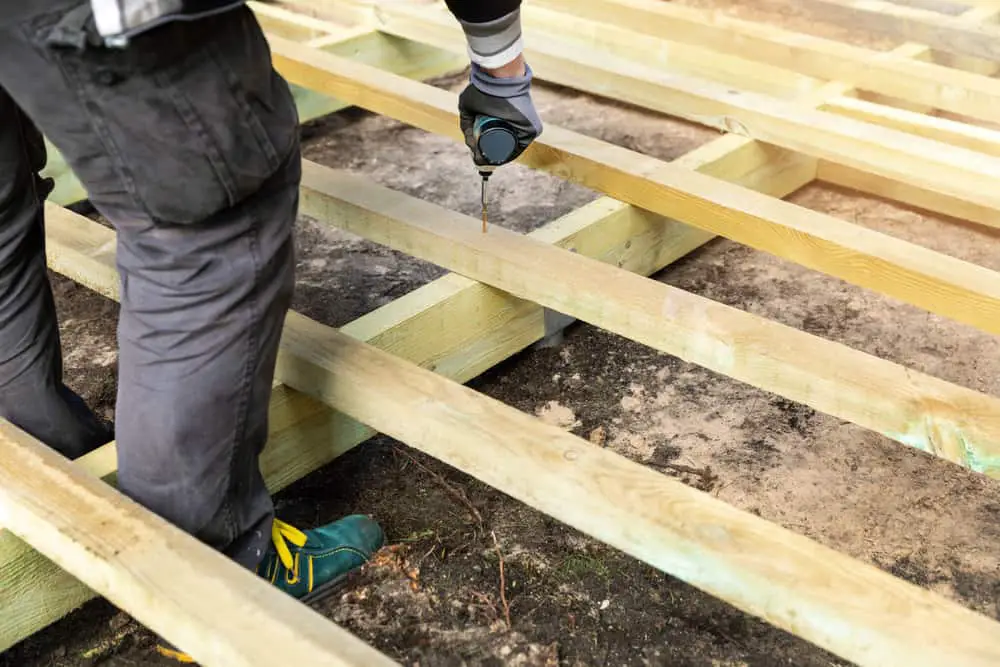
Conclusion
Whether you decide to opt for gravel, sand, limestone, or any other material for the surface underneath your floating deck, you should ensure that it is properly prepared and leveled to ensure a stable surface for your floating deck.
Stay away from organic materials under your deck that can potentially shift or rot over time, causing damage to your deck. Ensure that proper drainage can occur in order to protect the structure from moisture.
Sources
- https://www.countryliving.com/home-design/decorating-ideas/g30878403/floating-deck-ideas/
- https://backyardpatiosdecks.com/building-floating-deck/
- https://kitcheninfinity.com/how-to-build-a-floating-deck/
- https://decksbye3.com/the-best-material-for-under-deck-blocks-are/
- https://everydayoldhouse.com/the-spruces-floating-deck-lessons-learned/
- https://www.thespruce.com/how-to-build-floating-decks-2132000

